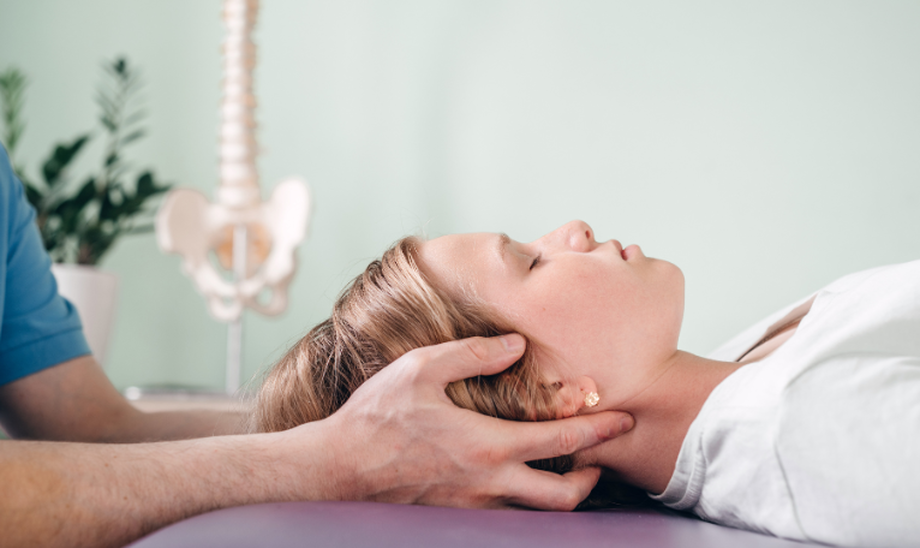-
PHONE:
+61 481 089 661 -
EMAIL:
[email protected]
|
Necks can be can be uncomfortable and painful and are a common reason for seeking treatment. If you have a painful or restricted neck how often do you notice that other areas are also distressed such as your upper or lower back or hips for example?
A long time ago as humans evolved to walk on two legs our cervical spines adapted to support our heads in the upright position. The cervical spine which consists of seven vertebrae muscles, ligaments, blood vessels, nerves and vital organs, needs to move freely to support the head, (which weighs about 3 kilos), and allow us to look straight ahead. As an osteopath according to our first principle “The body is a unit” I am interested in seeing how other parts of the body may contribute to neck pain. I am often using my hands to examine and release tension in the upper and middle ribs, upper and lower back and pelvis before working on the neck. My aim is to improve other areas that support good function of the neck and help the whole body feel and move better. Techniques I may use include soft tissue, inhibition and stretching of tight muscles, articulation of joints of the neck, ribs, shoulders and upper back and neural release of specific cervical nerves and their surrounding layers or dura. Things that may contribute to neck problems include:
Things that may assist good neck function include:
Comments are closed.
|
AuthorMatt has 13 years of experience working as an osteopath in Hobart and Sorell, treating teenagers to older adults, and is a member of Osteopathy Australia. Archives
July 2024
Categories
All
|


